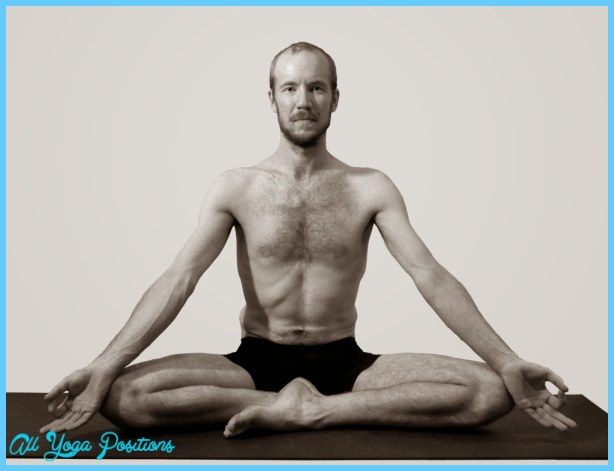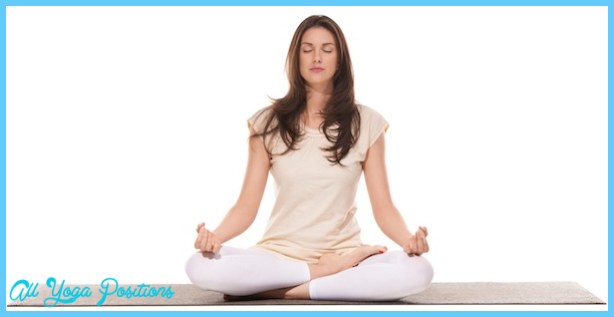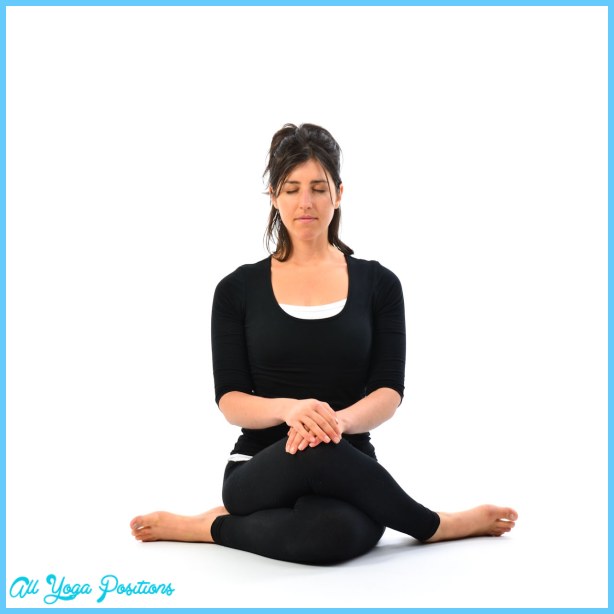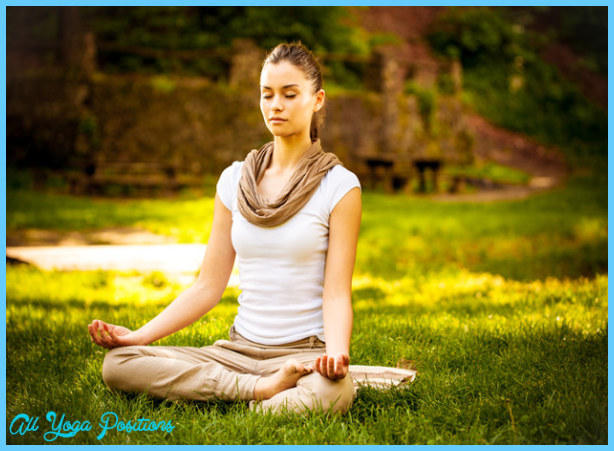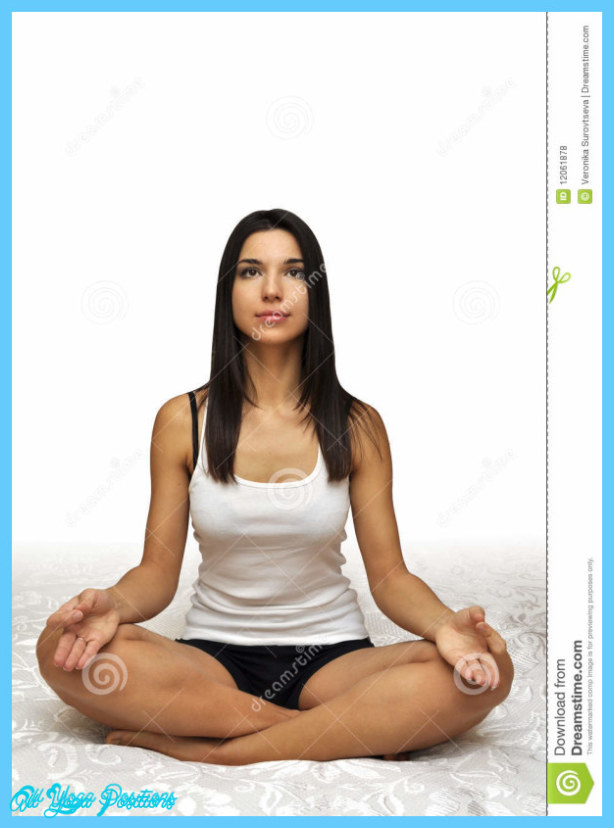Now, these are the four steps of meditation. But observe this peculiarity: meditation is actually one process. That is to say, you try to make your meditation more and more intense, more and more deep, and eventually you may realize samadhi. But from the beginning withdrawing the mind from other things and holding it to God meditation is what you want to achieve, better and better meditation. So these four steps are really parts of one process.
And when you think of the previous four steps, you find that they, too, are actually one process. The step immediately before pratyahara, or withdrawal of the mind, is prandyama. Pranayama means control of the breath or control of the vital energies. Why is it that these two breath and vital energies are used almost synonymously? Because you find that as your vital energy is, so is your breath. If your vitality is concerned with worldly things, your breath will be of one kind. If your vitality is concerned with spiritual things, your breath will be of another kind. By the breath of a person you can recognize in what state of mind he is, the two are so connected with one another. If for some reason your mind has withdrawn from the world, you will find your breath has become very long and very deep. Unconsciously it will change.
Sometimes when your mind is no longer concerned with worldly things your breath will completely stop. We call this state kumbhaka. Kumbhaka is a state where you feel no movement of air. Just as when you sink a full pitcher in a pool there is no movement of water in the pitcher itself, so in this state you no longer breathe in and breathe out. Some of you may say, Maybe if one becomes unconscious or some such thing breath can stop, but it is hard to believe that in a normal state it can happen.’ Yes, it can happen, and it is a most wonderful state of relaxation and rest. You do not know what a burden we are carrying, this breathing machine. How much energy we have to spend in breathing in and out! Just because it is natural, don’t think that it does not take a toll on our energy. It does. If you ever realize that state in which for some time you can go without breathing, you feel a wonderful rest. Of course, not having to spend energy in inhaling and exhaling is only part of it. You see, this state comes only when your mind has become calm, and that in itself will give you a sense of profound rest and quiet. Well, however that may be, we say that when vital energy has been brought under control, breath also has been brought under control. The wordpranayama, therefore is oftentimes translated as breath control, although its inward meaning is control of vital energy, of which breathing is a manifestation.
You can well understand why vital energy has to be controlled. What is it that makes my eyes focus to see and my ears open up to hear? What is it that makes my hand go out to grasp? Vital energy, prana, living energy. If this living energy were not behind the senses, the senses would not be active. You will say, We certainly want living energy behind our senses; otherwise we would be dead.’ Yes, of course you want it, but you shouldn’t have it when you don’t want it. For example, if you don’t want to listen to street noises, then this vital energy should not be behind your ears. But whether you want to hear or not, it is there. You cannot sleep because of noise. If you had control over your vital energy, you could withdraw it from your ears, and even if people were shouting all around you, you would feel peace and quiet. We don’t want to see so many things, but that energy is behind our eyes, and whether we want it or not, it goes on functioning. That is where the problem lies.








